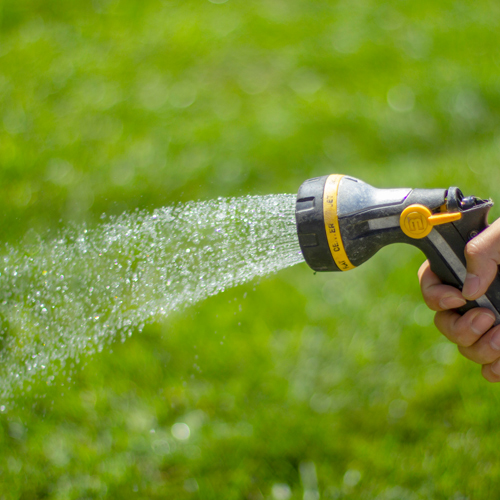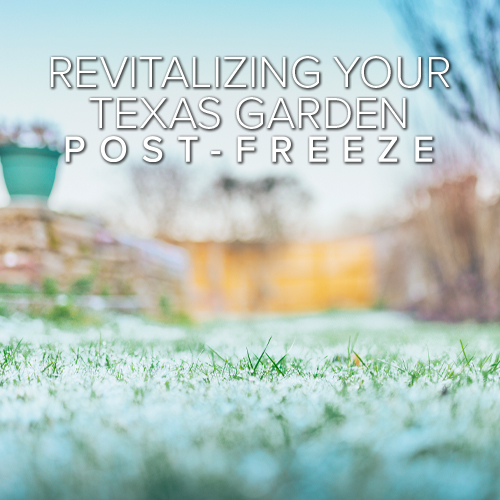
As Texans, we embrace cooler weather as a refreshing break from the heat of the summer, but Mother Nature always keeps us on our toes. Winter weather in Texas is known for its unpredictable ways. The season provides an element of surprise going from spring-like conditions to bitter cold in an instant, complemented by record lows and even occasional snowfall.
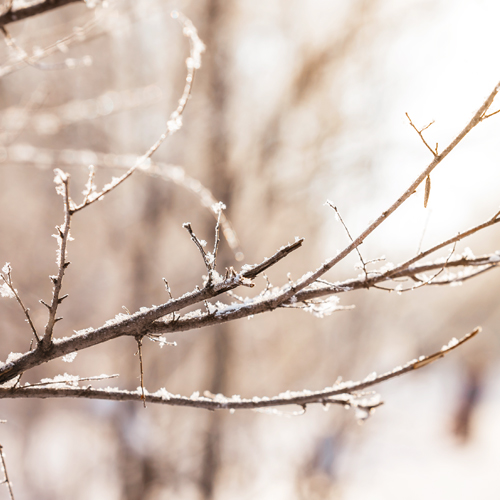
The need for adaptability and the importance of staying prepared for unforeseen shifts in the weather is key to maintaining the health of your landscape. Knowing what to do before and after we experience a hard freeze is essential to protecting your plants. These practices will contribute to the successful recovery of your garden following freezing conditions!
Understanding frost and its impact on your plants and nurture them back to life. Here are the best practices for rehabilitating your Texas garden after a freeze!
Understanding the Impact of Hard Freeze on Plants
Different plants freeze at different temperatures, depending on their hardiness. Cool-season blooms, trees, and shrubs can tolerate lower temperatures, but the plant species and stages of growth can help you determine how to approach snaps of cold weather. New plants need more support and extra frost protection as they become established. Always be sure to note the cold hardiness on plant tags so you know more about your plants!
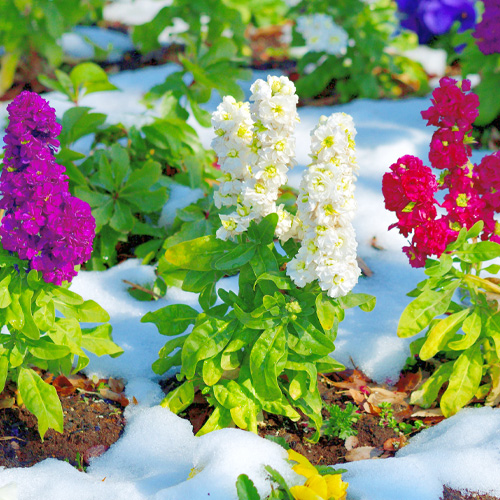
Freezing conditions can harm the health of your plants without winter garden care. Frost damage occurs because the water inside the plant freezes. This causes dehydration by removing water from the cells and damaging the cell walls. Cold temperatures can slow down the photosynthesis process when the warm sun causes the plants to defrost too quickly, injuring the leaves and stems. The severity of the frost damage will depend on the duration and the level of the hard freeze.
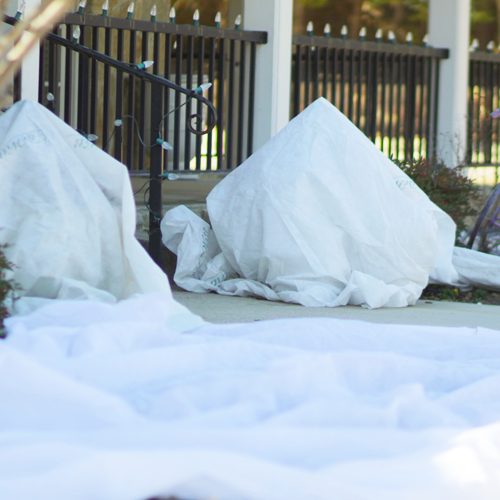
Be prepared for whatever conditions come our way with the DeWitt N-SULATE Frost Protection Blanket or Supreme Plant Protection rolls. They are designed to raise the temperature beneath the fabric about 6-8 degrees to create a warmer and protected environment for your plants and it can also protect your plants from dry and damaging winter winds.
Assessing Frost Damage & Winter Pruning
Hard freeze recovery can take some time and patience as some plants may not show signs of damage or new growth until spring. Signs of cold-damaged plants range from discoloration to developing gooey pieces or are visually dry, brittle, and broken.
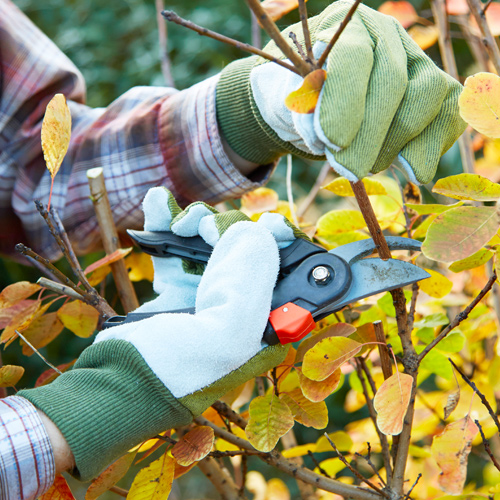
The first step is to remove areas that are black, mushy, or broken. Try the scratch test on your trees and shrubs to determine if the branch is still alive. Simply, take your thumb and lightly scrape the bark of the branch in question. If the tissue inside is a green or cream color, the branch is healthy and functioning. Frost-damaged branches will be black or brown inside and it also may feel dry and brittle, or soft and mushy.
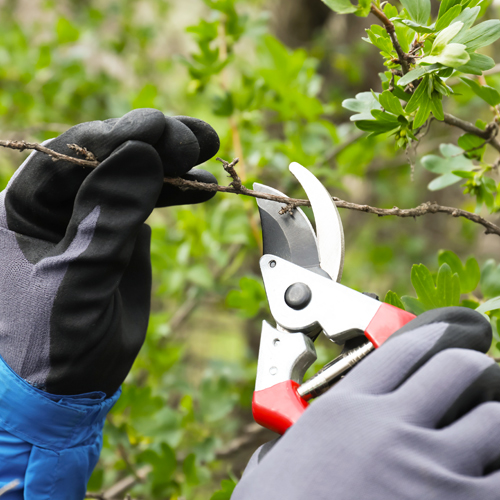
Winter pruning consists of removing damage to maintain the health of your plant. Damaged or dying branches use the energy that trees and shrubs need to survive. Focus on those areas versus trying to re-shape your plant for a seasonal makeover. Remove only the unhealthy areas to reduce the spread of disease and promote new growth.
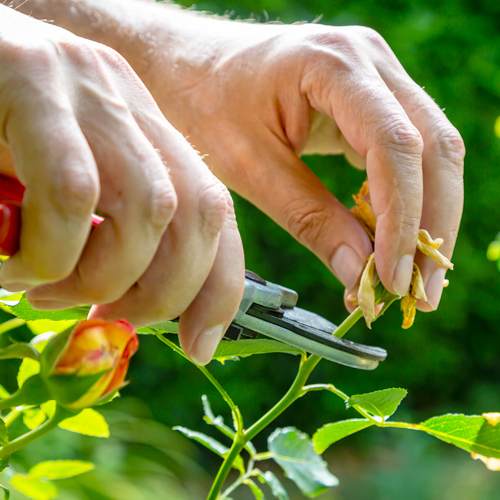
Once new growth emerges in the spring, you will have a better idea if you need to do more post-freeze trimming and you will see what areas were truly impacted. For flowering plants, once new buds or growth appear, prune off any dead blooms or plant tissue. Proper cuts heal faster. Take your time and use quality pruning tools and equipment.
Try the DRAMM ColorPoint Compact Pruner to prune frost-damaged plants with ease! It is lightweight with an ergonomic handle and non-slip grips for a comfortable cut every time! The stainless-steel blades are corrosion-resistant for long-lasting usage. For more tips on winter pruning, visit our blog here: Cool Season Gardens: What to Plant Now, Pruning Tips, & More!
Watering Techniques for Freezing Weather
Whether we have another wave of freezing weather or not, it is always a good idea to keep your plants properly hydrated during the winter. Drought-stressed plants are more susceptible to frost damage. Our Texas lawns are dormant during the winter and regular watering isn’t usually necessary because rain can be plentiful during these few months. During times of drought, winter watering is important.
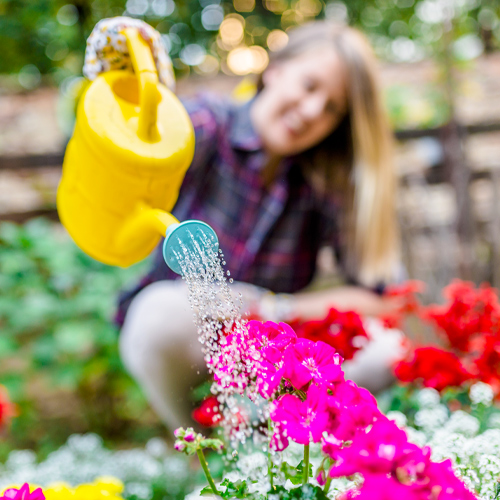
Give the soil a chance to properly dry out and warm up before giving your lawn and garden a fresh drink. When a freeze is in the weather forecast, it is important to give your plants a deep watering. It is equally important to water plants after the temperatures are above freezing. With added frost protection such as a frost cover or blanket, it can create a safer environment that will help your plants get through the cold spell.
Protecting Vulnerable Plants with Mulch
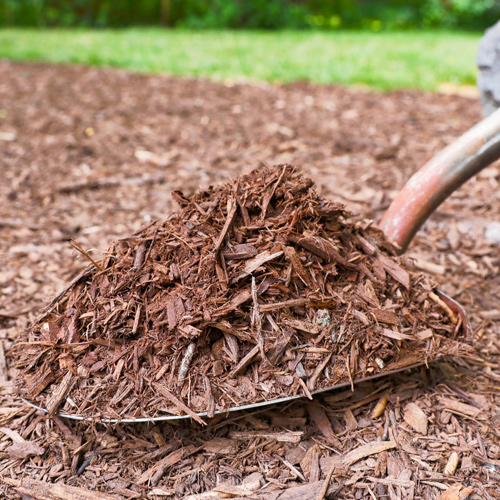
Protecting your plants with mulch is essential to hard freeze recovery. Mulching your flowerbeds and around your trees and shrubs does more than complete the look of your garden, it acts as natural garden insulation for the ultimate frost protection. It helps retain soil moisture, decreases weed development, reduces erosion, and adds beneficial organic matter that plants need to thrive.
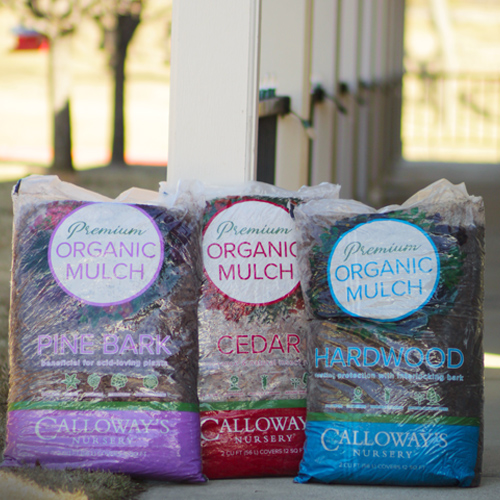
Select the right mulch material and use Calloway’s Premium Organic Mulch for the ideal top dressing around your plants, made from 100% organic ingredients. Applying mulch is extremely beneficial this time of year because it regulates the soil temperature to protect your plant’s roots from freezing temperatures. It creates a warm barrier between the frosty air and your plant’s roots. Frozen soil prevents plants from taking up water to replace the moisture that is lost from evaporation. Mulch helps maintain moisture in the soil while holding in necessary heat.

Applying an adequate layer of mulch that is at least 2 inches thick will provide the ideal coverage. After a winter storm, replenish areas that were displaced by wind or ice. Pull the mulch away from the base of any tree or shrub to prevent root rot and water in thoroughly. The shredded wood will mat together to form a protective covering over your plant roots that won’t wash away while you enjoy the benefits of this attractive and effective garden addition!
Winter Garden Weed Control & Fertilizing Tips
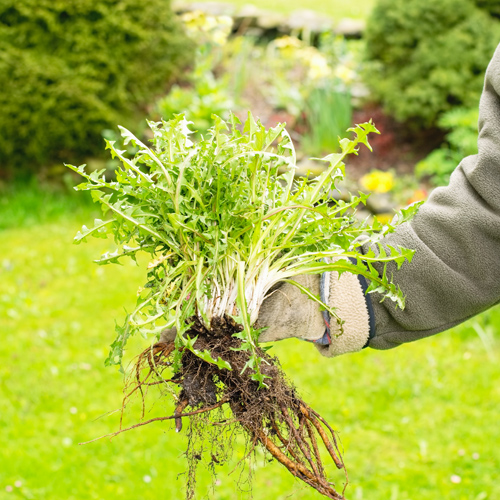
Winter weeds are actively growing and quickly becoming a nuisance. Cool-season weeds start growing in the fall to show up in our winter lawns and flowers now. Weeds absorb valuable moisture and nutrients that our plants need. Take control and start tackling pesky weeds now for a beautiful spring garden.
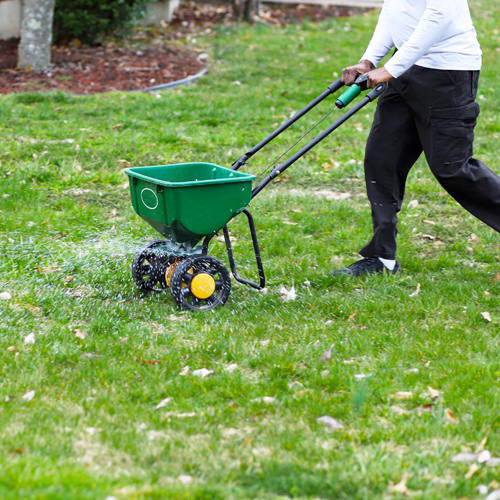
After a hard freeze, wait until the soil temperature reaches at least 45 degrees for several days. Use the temperature of the soil to plan your timing because it plays a crucial role in the effectiveness of the post-emergent. Between January 15th and March 15th, if the weather permits, begin your first pre-emergent application to start controlling warm-season weeds that could be problematic in the spring or summer.
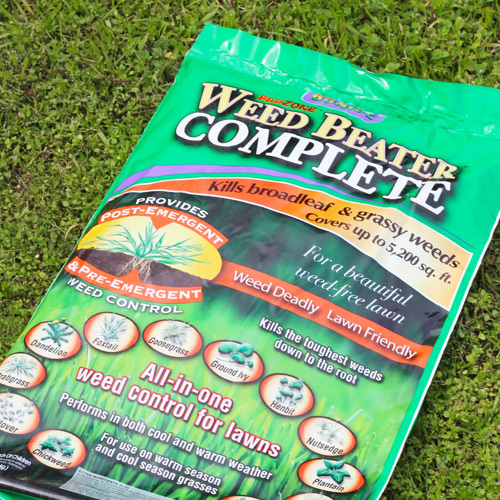
Treat your lawn with Bonide® Weed Beater Complete to effectively control both broadleaf and grassy weeds. This herbicide is a pre-and post-emergent that controls weeds systemically from the leaves to the roots. Apply to a damp or moist turf, then come back 48 hours later and water in to provide extended protection from future weed development. Apply every 90 days, as directed, for long-lasting results.
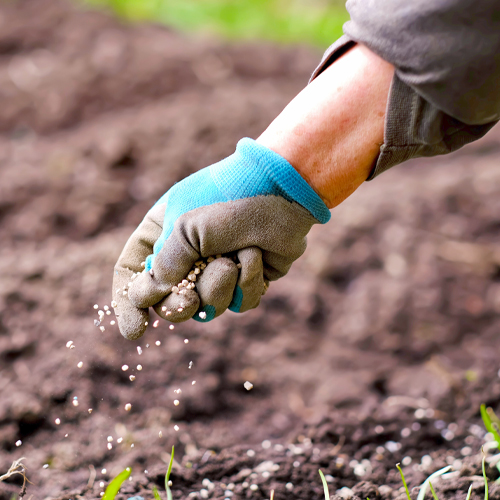
For lawn food, the rules for fertilizing after a hard freeze are a bit different. Post-freeze fertilization on cold-stressed plants is not ideal and you should wait until they have resumed active growth in the spring. The use of cold weather plant nutrition now may promote new growth too early, making your plant even more at risk of frost damage.
Winter Planting Strategies for Cool-Season Plants
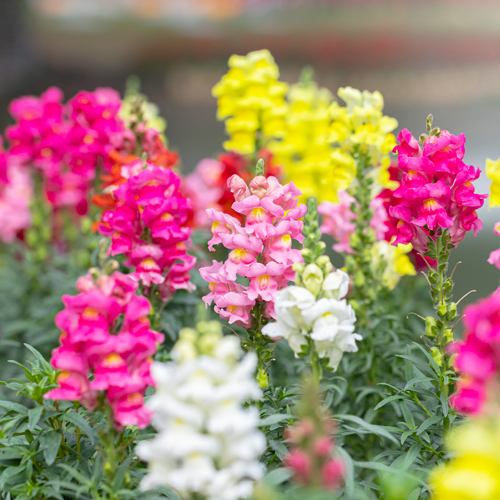
You can enjoy gorgeous color, even during the winter! Choose a cold-resistant plant selection of seasonal blooms and hardy foliage that is designed to better tolerate freezing conditions which will enhance your gardening success.
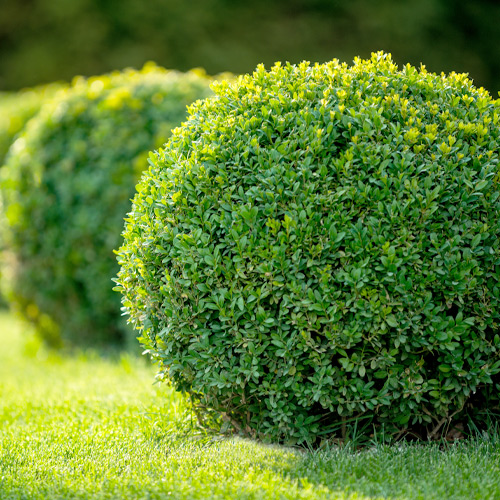
Winter is the ideal time to plant trees and shrubs. The cooler soil temperatures reduce transplanting stress for better root development and acclamation. Early planting gives your plants more time to establish a healthy root system.
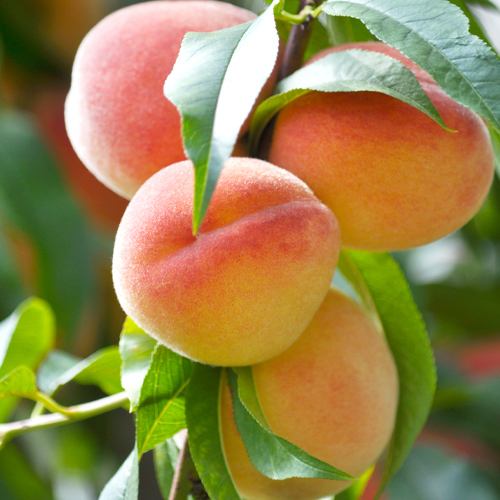
Fruit Trees and Berries love the cooler climate of our Texas winters. Growing your own edible plants is a tasty step toward a healthier you and a fantastic choice for your cool-season gardens. Create an edible wonderland with Persimmon, Peach, Plum, Pear Trees, and more!
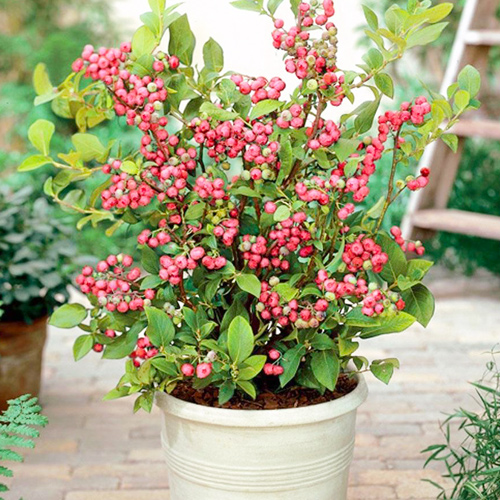
Have limited outdoor space? Grow fresh Blueberries or Blackberries! Perfect for patios or porches, berries do well in containers and prefer full sunlight throughout the day. Remember to get plenty of plant caddies that will make it easier for you to move tender plants indoors during cold snaps.
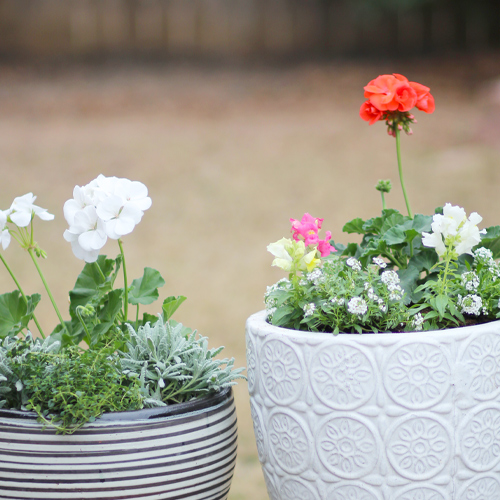
Embrace the cold with hot color! Cool-season blooms are an easy way to spruce up your home and garden during the winter season. Select cold-resistant plant varieties such as Geraniums, Snapdragons, Stock, and more.
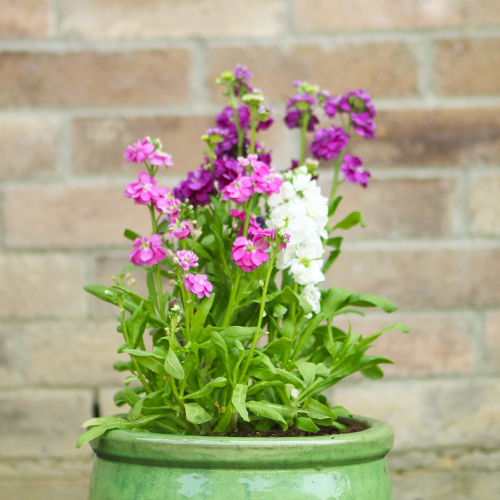
Container gardens are a quick and easy way to update the look of your home and garden. They can easily be moved, and they are extremely versatile. Paired with decorative planters or handmade pottery, you can create many stylish accents for all your spaces. At Calloway’s and Cornelius, we have a vast selection of durable planters and pottery in a variety of colors and styles.

The most important tip for planting container gardens, with chances of freezing conditions, is to maintain the health of your soil. During a hard freeze, potting soils are quickly depleted of their nutrients. If your plants have been exposed to long periods of cold weather, replenish the soil and replant your container gardens with Calloway’s Premium Container Potting Soil for continued, healthy growth.
Garden with Ease
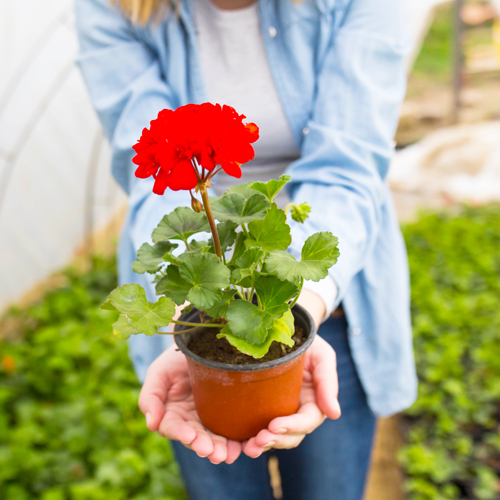
At Calloway’s and Cornelius, we are here to help with all your gardening needs! Visit us today and explore our stunning collection of cool season blooms, lush indoor plants, stylish pottery, fresh herbs, and so much more! Shop any of our 28 neighborhood stores, where we have served our loyal customers for over 35 years.
Have questions? Ask our Texas Certified Nursery Professionals; they are here to help!
